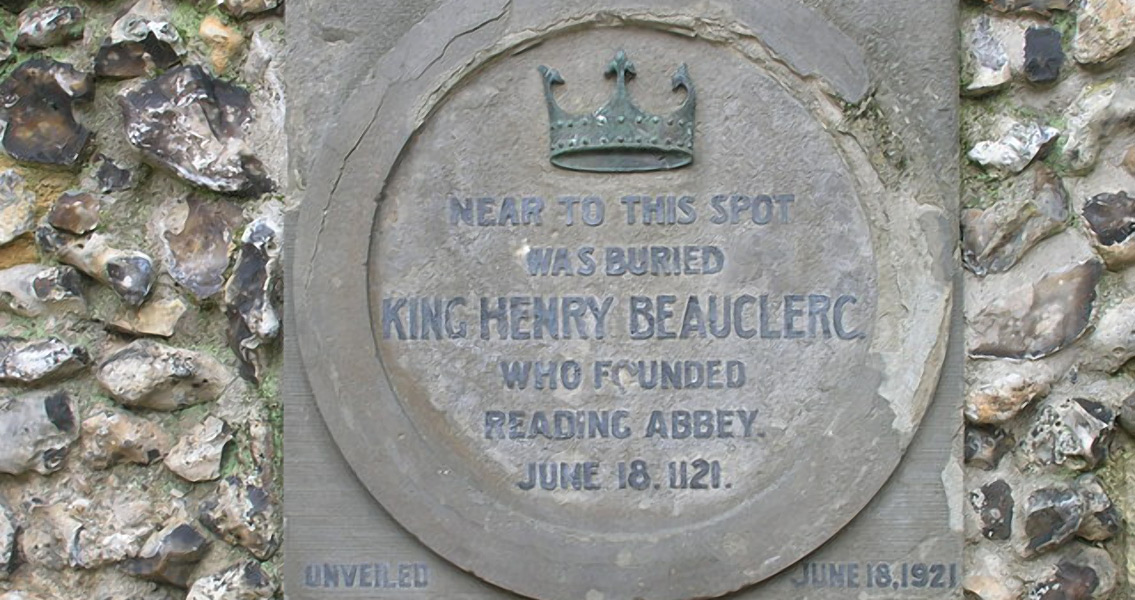<![CDATA[Radar teams have begun the search for England’s King Henry I, the fourth son of William the Conqueror, amidst the ruins of the abbey in Reading that the monarch founded. Similar to the hunt for Richard III that occurred in 2012, the new project is using many of the same techniques and types of equipment. Archaeologists say that if remains are found wrapped in ancient, rotting leather, it’s as likely an indicator of Henry’s resting place as the unmistakable crooked spine discovered in Richard’s own remains four years ago. The reason is that when Henry died in 1135 while in France, his remains were shipped back to Reading to be buried within the abbey he founded. His body had been stitched into a bull’s hide to serve as a burial shroud, so finding traces of that hide would be a strong indicator as to the identity of the remains. According to The Guardian, researchers led by Edward Cox have been scanning the grounds of the former abbey, where a Victorian Roman Catholic Church and the church’s presbytery now stand – even searching the parish priest Father John O’Shea's back garden. Radar results indicating buried medieval stonework are most prevalent; much of this stonework juts from the ground still, such as the 20-foot column which was once part of the abbey’s choir arches and Father O’Shea neatly tucks his refuse bins behind today. While the priest’s back yard doesn’t look like it, researchers say that it’s the likely location of where the high altar of the abbey, the site of Henry’s burial, would have existed nearly a millennium ago. The neighboring playground of the Forbury Garden Day Nursery, being just next door, is also on the list of locations to explore for the monarch’s missing bones. There are more places to search, even if these two locations do not bear fruit. There are additional remains of the abbey beneath Redding prison, the burial ground used for executed convicts, and the prison’s parking lot. The remains of other royals are likely to be found as well, including the second wife of Henry I and his nephew and successor Stephen’s infant son. The abbey remained a favorite of the royal family for generations, even after the monastic system was dissolved within England. In fact, some of the buildings of the abbey were frequented by Elizabeth I; it wasn’t until the English Civil War that the abbey was sacked. There will be difficulties in identifying remains as belonging to the monarch, even if bones are discovered in the appropriate place. The grounds are likely to be layered with remains from hundreds of years’ worth of burials up to the early 1600s, as well as from the prison and from a medieval lepers’ hospital located nearby. Additionally, with Henry I pre-dating Richard III by more than three centuries, it will be more difficult to prove a genetic link to verify the identity through DNA analysis; Richard’s remains were genetically verified through not just one but two descendants of his sister. In comparison, first there must be a viable sample taken from Henry’s remains, which must then be compared to a living direct descendant, either through his mother’s line or through one of the many illegitimate children he sired. ]]>
Radar Teams Begin Search for Grave of England’s Henry I
